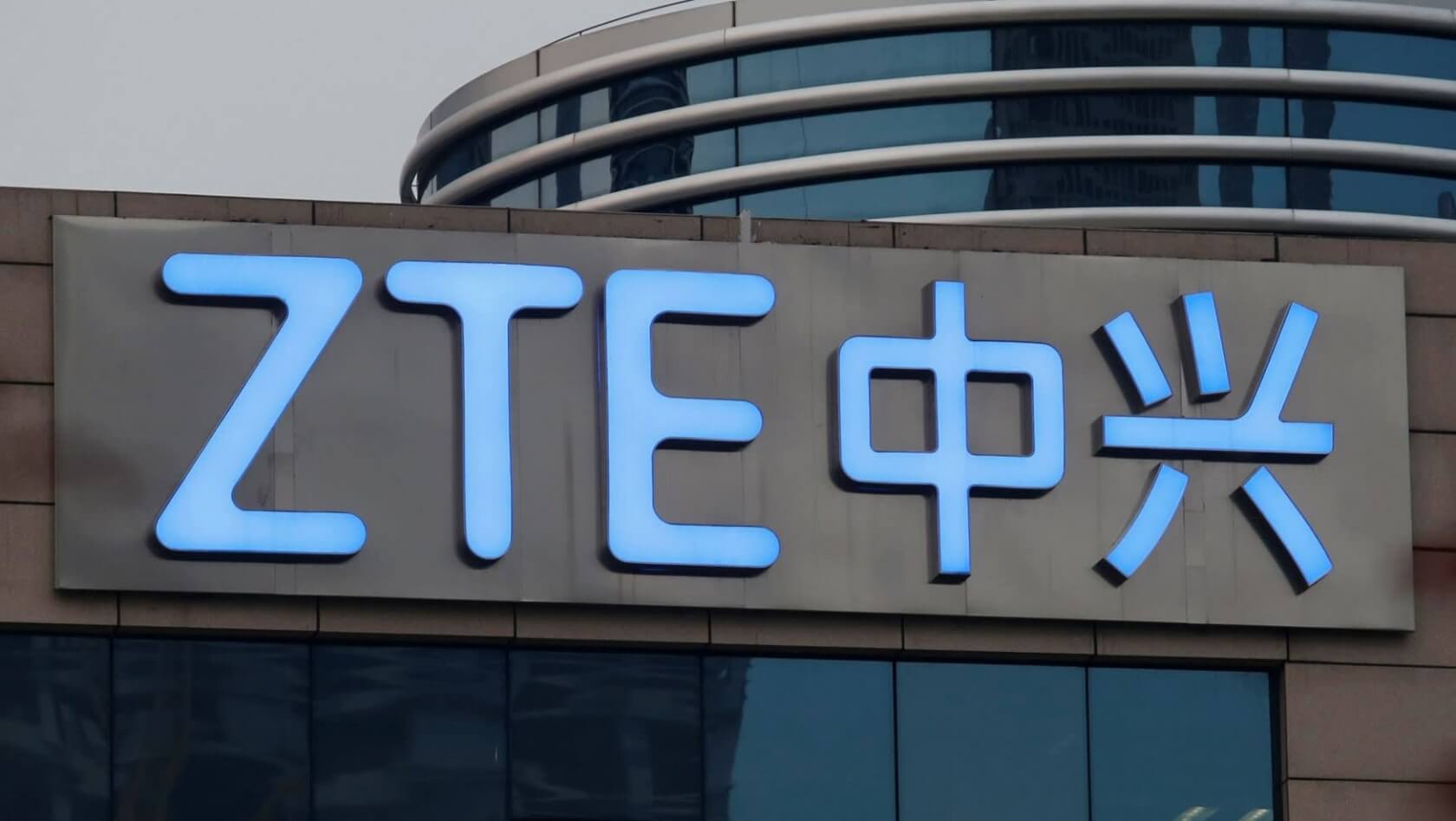Forward-looking: ZTE still faces intense scrutiny from the United States and its allies. Even though the company has gotten past the temporary trade ban implemented by the US, there will be many more roadblocks in the way as ZTE makes bids to build 5G networks.
China's number two telecommunications OEM is now back to normal following the end of a ban against doing business with ZTE by the United States. According to the new CEO, the company will see continued growth again in 2019.
Chairman Li Zixue says, "As of today, the main operating business has resumed completely. The production mission for August has resumed to normal and R&D is resuming rapidly."
The company will aim to place focus on chips that are essential to product offerings such as 5G-enabled components. Additionally, risk mitigation with third-party chip manufacturers will be investigated to ensure there are no long-term problems with supply chain partners.

After paying out $1.4 billion in fines, ZTE was able to resume its normal operating procedures in July. As another condition of lifting the ban, ZTE was forced to form a new management team to report to a new chairman and chief executive.
Last year during the first half, ZTE reported profits of $336.8 million compared to net losses between $1.1 billion and $1.3 billion this year. A finalized earnings call for the first half will be available August 30. As a result of the temporary ban, ZTE lost approximately $3 billion in market value. Today in Hong-Kong, ZTE's shares are on the rise with a three percent day-to-day increase. Similar businesses have remained stable on the market with few changes.
Even though the United States has backed off and is allowing ZTE to resume normal operations, the Chinese telecom is not out of hot water yet. Australia has already put the kibosh on Huawei and ZTE for any construction of 5G networks over concerns of counter-intelligence operations.
